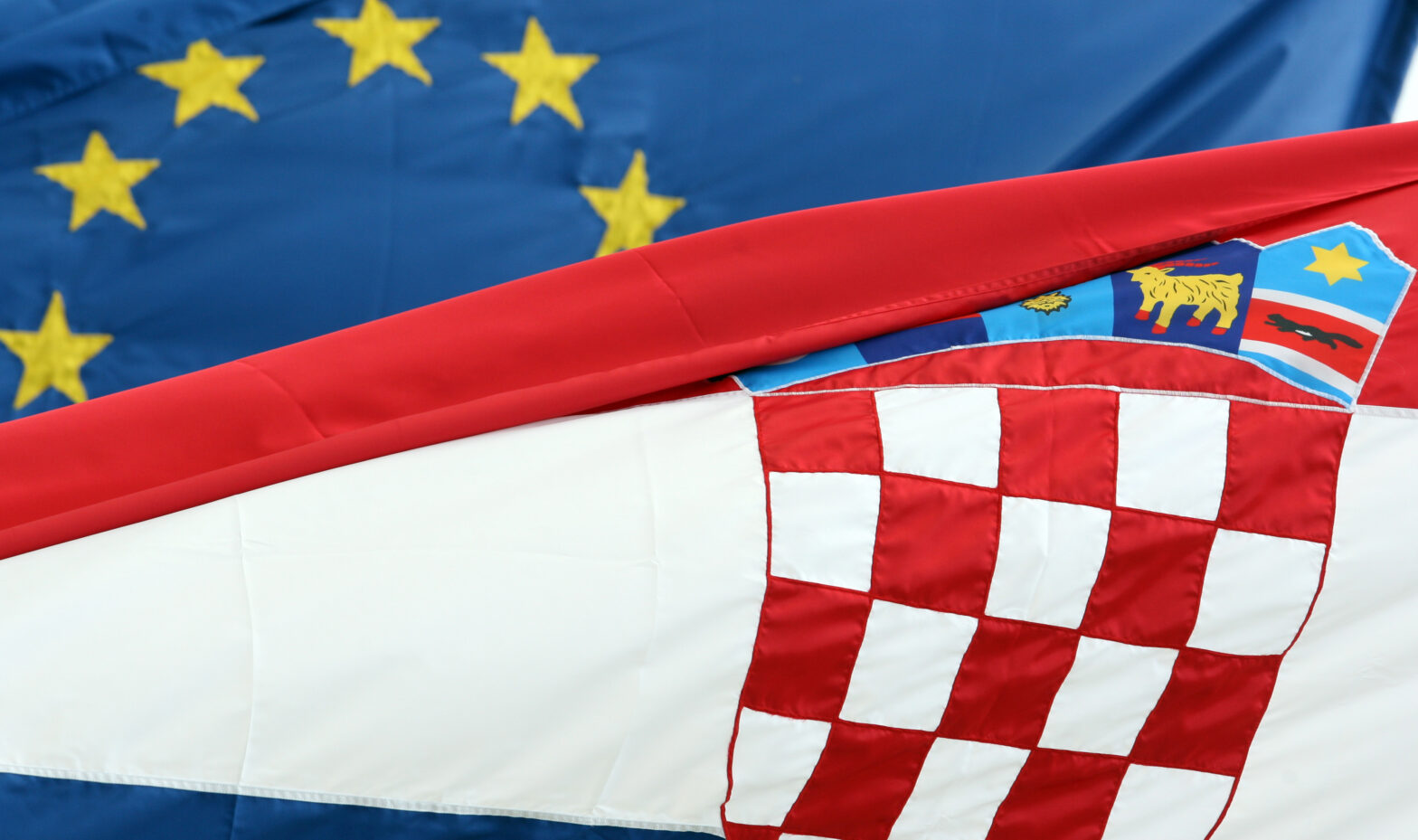Croatia will be able to measure the success of its European Union membership in 2014 by whether and how much more it gets from the European budget than paying into it, which is no easy task given that only a small part of available European funds is guaranteed and the bulk can be drawn only based on well-prepared projects.
Croatia’s payments in the first six months of membership, the second half of this year, are estimated at EUR 250 million, while next year they could be EUR 450-500 million. Member countries pay into the European budget 75 per cent of their tariff revenues, part of their VAT revenues and a part calculated according to gross domestic product.
Croatia will not close 2013 in the red thanks to previously agreed projects as part of the pre-accession funds. No project has been contracted from the cohesion and structural funds yet. EU Funds Minister Branko Grcic has said that projects worth EUR 480 million are nearing completion, for which tenders will be invited soon.
In the 2014-20 budgetary period, Croatia will be able to draw EUR 1.17 billion, of which 8.092 billion from the Cohesion Policy, 3.462 billion from the Common Agricultural Policy, and 203.7 million for the Schengen border. Only a small amount of those funds is certain, such as direct payments in agriculture, while the rest is drawn based on projects.
For the projects to be approved, it is necessary to have a development strategy for a number of areas because one of the main criteria for okaying projects are measurable results. The Commission will want to know in advance the objective of a specific investment so that the desired and achieved results can eventually be compared. The Commission does not want European money to be spent on unrelated projects with a weak multiplication effect, but to be directed at areas which will most contribute to the common national and European goals.
A requirement for using money from the European Regional Development Fund for investments in research and innovation will be smart specialisation – identifying the unique characteristics and comparative advantages of each country and region in order to utilise them as well as possible through investment in research and development.
Next year Croatia has to submit to the European Commission a draft partnership agreement, a framework document in which the national authorities define the main areas to be financed from the cohesion and structural funds. They serve as the basis for drawing up operational programmes.
By successfully drawing European funds, Croatia could ease, to a certain extent, the huge burden of fiscal adjustment awaiting it in the next three years. At the first meeting of the Economic and Financial Affairs Council in 2014, on January 28, a decision will be made on Croatia’s entry into the Excessive Deficit Procedure (EDP), a corrective EU mechanism conceived to bring back member countries’ budgetary deficits below three and the public debt below 60 per cent of GDP, as stipulated by the Maastricht Criteria.
Under the EDP, Croatia should reduce its budget deficit to 4.6% of GDP next year and below 3% by 2016. In the 2014 budget, the government envisages a deficit of 5.5% of GDP. According to the Commission’s predictions, unless additional measures are taken, the deficit could reach 6.5% of GDP in 2014.
According to Finance Minister Slavko Linic, Croatia should reduce the deficit by more than HRK 3 billion next year, by reducing budget expenditures and increasing revenues. This huge challenge can be easier to take if GDP grows, so it is of paramount importance to draw as much European funds as possible to turn the recession into growth. Croatia is expected to define measures to correct the deficit and notify the Commission by April 30.
Next year Croatia could also enter the Macroeconomic Imbalance Procedure (MIP). Croatia is one of 12 member countries whose macroeconomic situation, the Commission said in November, should undergo due diligence. The MIP is a new instrument at the Commission’s disposal, enabling it to demand preventive or corrective measures in case of macroeconomic imbalance indicators, which include current transaction accounts, the foreign investment net position, the public and private sector debts, loss of competitiveness, high debt, and inflated real estate prices.
If due diligence shows macroeconomic imbalance, the Commission may recommend preventive measures which are part of the recommendations which the Council gives each member country as part of the European semester. There are also corrective measures which the Council, at the Commission’s proposal, recommends to a member country – measures that need to be taken, with implementation deadlines.
Explaining the need for due diligence of Croatia’s macroeconomic situation, the Commission has said it will help in understanding the nature and possible risks related to the external position, the trade balance and competitiveness, as well as with internal positions.
According to Eurostat, possible competitiveness problems are indicated by a 24.7% average decline of Croatia’s share in global exports in the 2007-12 period. The Commission has set 6% as the acceptable decline limit.
Croatia’s external imbalance and weaker competitiveness are also indicated in net international investments in relation to GDP of -89%. The Commission considers worrisome values exceeding -35% of GDP.
The average unemployment rate in the 2010-12 period of 13.8% is a signal of possible internal imbalances. Brussels considers worrisome rates exceeding 10%.
Other indicators, including the average deficit in the balance of payments in 2010-12 of 0.5% of GDP, do not indicate competitiveness problems or internal or external imbalances.
The general government deficit of 56% of GDP in 2012 is below the upper limit. However, the debt of the private sector, 132% of GDP in 2012, nearly reached the EU upper limit of 133%.
